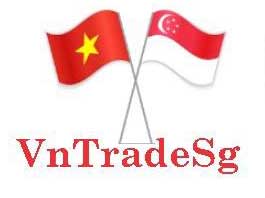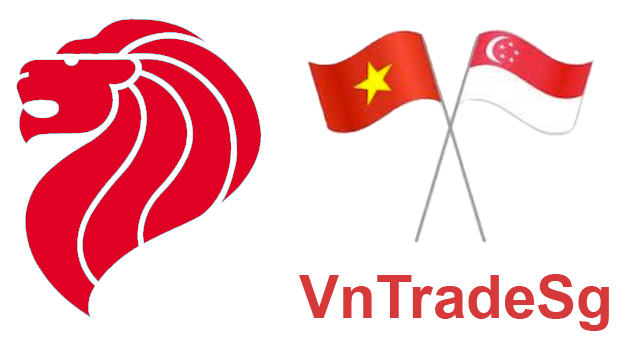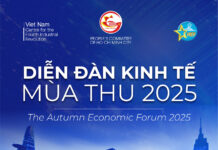In addition to the production values achieved in recent times, Vietnamese wood processing enterprises are paying more attention to investing in intangible values such as design and brands. This is also a basis for entering the higher segment, creating a larger surplus.
New vision
Although the number of exports is much lower than that of Vietnam, the Italian furniture industry remains consistently in the top five countries with the highest furniture export value. This is thanks to the fact that Italian interior products are always very high value. With the concept of “not selling products but selling emotions”, Italian brands have long been a model and standard of design. The success story of Italy has been the pain of many businesses operating in the furniture industry of Vietnam for many years, who want to take Vietnam’s wood industry out of the processing stage and rise to a higher level.
According to the Government’s orientation, the wood processing industry has set an export goal of US$20 billion by 2025 and ranks fourth among the world’s largest wood exporting countries. This turnover is nearly double compared to the result achieved in 2019 of $10.5 billion. Experts say to achieve that figure, the timber industry cannot rely solely on production value but needs to exploit higher values. Because the advantage of cheap labour cost is limited, the land fund to build and expand the factory is also a very difficult problem.
Economist Pham Phu Ngoc Trai has analySed that, among the five core values of the wood industry, including products, technology, design, brand and sustainability, Vietnam has three factors such as products, technology and sustainability. Vietnam is missing the design and brandS. These two values will be leverage for businesses to reach a higher surplus value. Consumption value of the global wood and furniture industry is up to $450 billion, the production value is only $140 billion, and the rest is divided equally among the creative, trade and brand fields. In recent years, though Vietnam’s wood processing and export industry has grown rapidly, it has only exploited production value. “If we reorient the target of the wood processing industry in the direction of $450 billion, participating in the stages of design, brand and trade, then the value received compared to the present will be great,”Trai said.
Exploiting design value
At the Hoa Mai awards ceremony – The contest of designing interior and exterior wooden samples organised by the Ho Chi Minh City Fine Arts Association and the Woodworking Association(Hawa). It’s the first time the auction of products for design of the winning candidates has been held.
It is surprising that the designs have attracted the attention of participating businesses. The auction was intense and dramatic with the purchase price pushed up, just like the big auctions overseas.
Typically, “Minnaar Chair” of Quach Minh Quan (a student of Ton DucThang University) was fiercely competed by two companies, AKA Group and Tan Thanh Furniture. After many times of increasing purchase price, the design ownership of this chair went to Tan Thanh Furniture with the price up to VND42 million, although the initial proposed price is only VND4 million. The excitement in the auction at the recent Hoa Mai awards showed that the level of interest of Vietnamese wood enterprises in the design investment is increasing rapidly.
AA company is now considered a model of success in Vietnam’s furniture industry as it has participated in both interior design and construction of five-star standard buildings, not merely processing or selling products. At AA there are tables designed and sold for tens of thousands of dollars.
Looking at the success of Hawa enterprises, it can be seen that Vietnam’s wood enterprises can exploit these values . Tran Viet Tien, Hawa Standing Committee member acknowledged that when processing, businesses must wait for orders but when having designs, businesses can proactively offer and seek new partners.
How to get cheaper production costs? Investing in creativity, businesses can also make effective use of their resources. Instead of following orders or following the market’s tastes to meet, when investing in designs based on the infrastructure they have, businesses can take advantage of all their resources, turning it into an advantage. This investment helps firms avoid wasting and depreciating resources appropriately.
Nguyen Chanh Phuong, Vice President, General Secretary of Hawa also said that to increase the gray matter content for members, Hawa has worked with Vietnam Association of Architects to create a bridge connecting manufacturers with the creative team. In addition to the annual Hoa Mai Prize, Hawa also organises the Vifa GU fair to promote trade for Vietnamese designs. At VifaGu, Hawa encourages businesses to invest in designing and bringing their latest and most unique products to introduce to the design community and consumers. It means that Hawa and businesses both will not approach customers with the old criteria such as cheap price and quality but confirm their creativity.
Source: Customs News
















